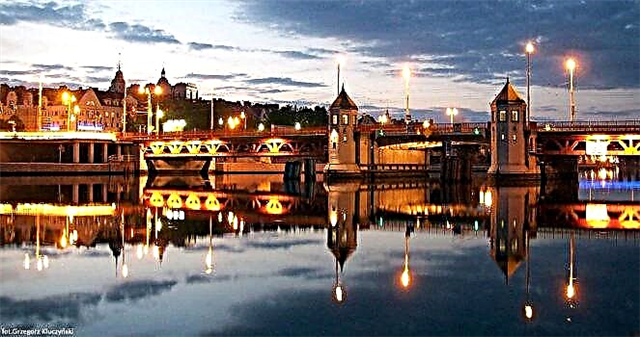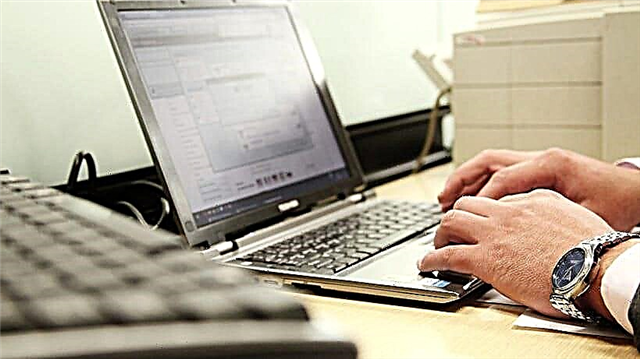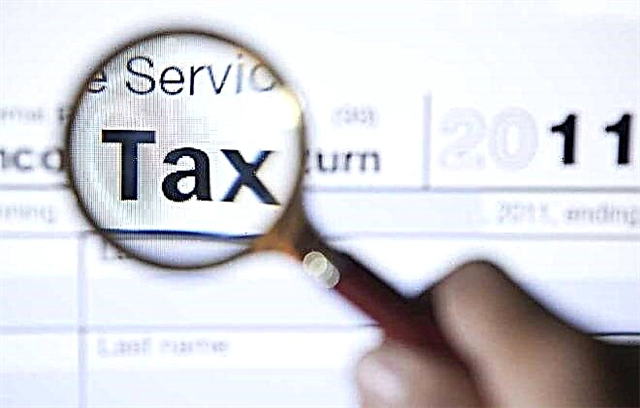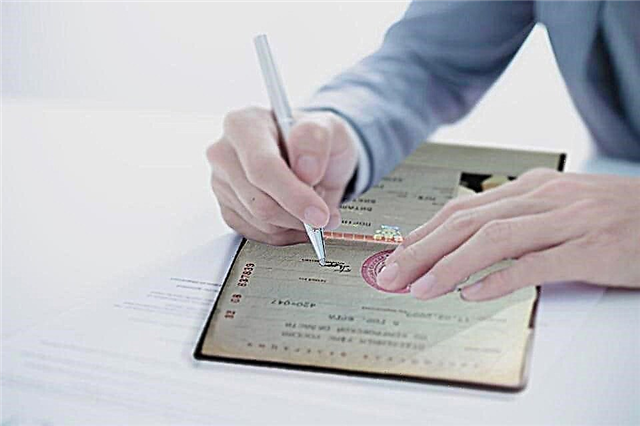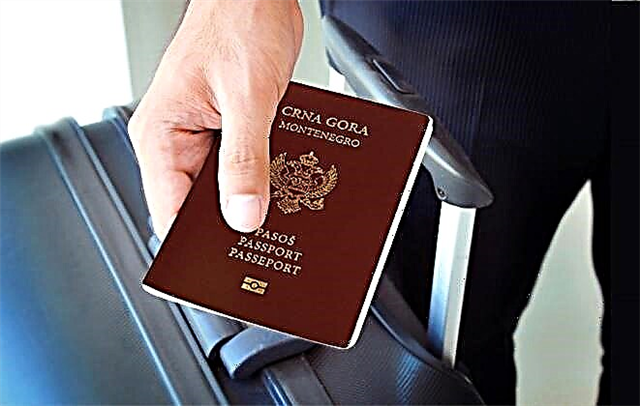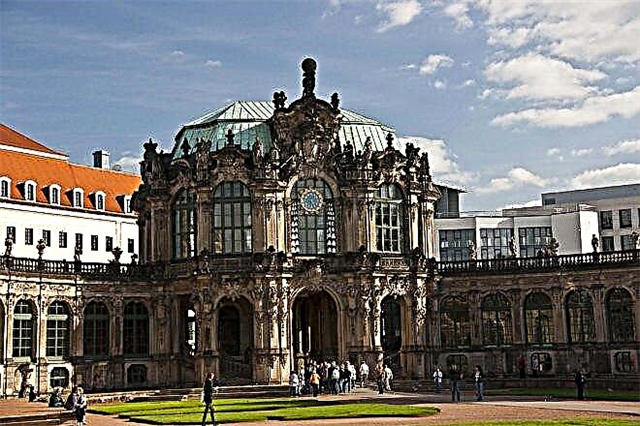The capital of Saxony Dresden leaves no one indifferent. This city is remembered for its luxurious monumental examples of Baroque architecture, vibrant neighborhoods of Neustadt, many cozy cafes and a high level of cultural life. Dresden's museums are considered some of the best and most exciting in Germany and throughout Europe; there are so many of them that it will take more than one day to visit those who like it.

What makes Dresden attractive from a tourist point of view
Dresden is a city with an entertaining and rich history rooted in the distant past. Tragic pages brought him worldwide fame. During World War II, the city was reduced to ruins and ashes, and then revived like the amazing Phoenix bird.
The city was gradually revived and rebuilt, but its present appearance still retains the imprint of the past.
Dresden is nicknamed "Florence on the Elbe" because it is located on the river that divides it in half. It conventionally consists of two parts: Altstadt and Neustadt, old and new cities.
The most famous sights of Dresden, which millions of travelers seek to visit, include the Frauenkirche, the Semper Opera, the Zwinger, the Great Garden and the Zoo.
In this article, we will consider the museums and galleries in Dresden, their features, opening hours and location addresses. This way, you will be able to pre-select the places you want to visit and create an acceptable itinerary that includes them.
Albertinum Fine Arts Museum
The Albertinum Treasury is a remarkable building on the Elbe embankment, founded in the 60s of the 14th century. In those days, the building was a weapons warehouse.
Centuries later, between 1884 and 1887, the building was rebuilt. According to the new idea, which was brought to life by the architect Karl Adolf Kanzler, the building was erected in the Renaissance style with the addition of Neo-Renaissance elements.
The building was intended to store the collection of valuables collected by the then Saxon King Albert. The store got its name in honor of the monarch.
Collection of paintings
Over time, the number of art specimens increased, and the repository turned into the Museum of Fine Arts, called the Gallery of New Masters.
The Albertinum houses the largest collection of paintings belonging to the best masters of the 19th and 20th centuries.
The museum's collection includes over two and a half thousand works by renowned French, Hungarian, Polish and Belgian artists. The collection includes works by Carl Gustav, Claude Monet, Max Liebermann, Ernst Ludwig Kirchner, Otto Dix, Caspar David Friedrich.
Collection of sculptures
The sculptural statues made of marble and bronze are originals. Statues from antiquity and the Renaissance, Baroque and Expressionism, and even Art Nouveau reflect the diversity of historical eras and art trends.
The most famous antique sculpture of the museum is the "Dancing Maenad", the age of which is equal to 350 BC. NS.
The museum displays sculptures by the following masters: Giovanni Giambologna, Wieland Förster, Balthasar Permoser, Edgar Degas. Also in the Albertinum are exhibited works by the famous sculptor Auguste Rodin, including the world-famous statue of the Thinker.

The museum building partially displays the treasures of the Grünes Gevelbe, including compositions of items made of precious metals and porcelain.
Information for visitors
The museum is open from Tuesday to Sunday from 10.00 to 18.00, Monday is a day off. Entrance tickets cost 10 euros.
It is worth noting that adolescents under the age of 17 visit the museum for free. At the entrance it is possible to take an audio guide for a fee of 3 euros.
The Albertinum is located at Tzschirnerplatz, 2. Trams run to it from different parts of the city under the numbers: S3, S7 and S8 (get off at the Synagoge stop), S1 and S2 (get off at the Neumarkt stop).
Dresden Picture Gallery - Gallery of Old Masters
The Dresden Picture Gallery is considered unique and unrepeatable as it has a very narrow specialization. The museum is also known under the name "Gallery of Old Masters".
The attraction is located in the Zwinger palace complex, which greatly influenced the interior of the gallery. In contrast to the luxury of an exhibition, the decoration of the premises is simple and restrained, so as not to distract from the main thing - the study of art samples.
In the gallery you can get acquainted with the history of the development of painting and the masters of the European states of the 15th-18th centuries. A visit to the museum is a chance to see the famous originals of works by Raphael, Velazquez, Van Dyck, Caravaggio, El Greco, Durer, Heinz and many other geniuses of fine art.
When visiting, it is worth paying attention to the fact that the picture gallery belongs to the three Zwinger museums, therefore tickets are general, they are allowed to see other expositions. The ticket price is 12 euros, the discount ticket will cost 9 euros. Visitors under the age of 17 enter the complex free of charge.
On Monday, the museum is closed, and on all other days it accepts visitors from 10.00 to 18.00.
Attraction location: Theaterplatz, 1. You can get there by tram lines 4, 8 and 9. You need to get off at the Theaterplatz stop of the same name.
German Armed Forces Museum
The Military History Museum of the Bundeswehr was founded in 1961, although the building in which it is located was built almost a hundred years earlier. This landmark attracts attention at first sight: the extraordinary combination of an exquisite ancient structure and a wedge-shaped extension in a modern style strikes the eye.
The extravagant exterior of the Bundeswehr Museum reflects the war pages of the historical chronicles of Dresden and Germany.
The idea of the architect Daniel Libeskind was to encourage museum visitors to rethink the concept of "aggression", to interpret it as an anthropological and cultural phenomenon.
The museum consists of two exhibition complexes. The first is a thematic excursion, which begins at the observation deck of the fifth floor and includes 12 topics reflecting various sides and aspects of the war.
The second complex is a chronologically ordered excursion into the development of military affairs, consisting of three periods of history: the late Middle Ages, the time of world wars and the present.
The military museum is open daily from 10.00 to 18.00, except on Wednesday days off. On Monday, the Bundeswehr Museum receives visitors until 21.00. The cost of tickets is:
- standard adult - 5 euros;
- concessional - 3 euros;
- group - 4 euros (per group member);
- family –7 euros.
Children under 18 do not need to pay for the ticket.
The museum is located at Olbrichtplatz 2. It can be reached by trams S7 and S8, as well as by bus 64. The stop located near the museum is called Stauffenbergallee.
Transport Museum in Dresden
The Transport Museum has been operating since 1956, and is housed in an exquisite building that was erected in the 16th century. It is considered one of the most interesting places in Dresden: visitors are invited to see six exhibitions, each of which is dedicated to a specific mode of transport.
Most notable is the fact that most of the exhibits can be touched as well as inside vehicles.
The collection's most famous exhibit is a 625-meter scale model of the railway, which consists of 5 stations, 26 locomotives and 115 carriages.
The museum is open from 10.00 to 18.00 from Tuesday to Sunday. Ticket prices: adult - 9 euros, concessions (children and students) - 4 euros.
The Dresden Transport Museum is located at Augustusstraße 1.You can get to it by S-Bahn 1 and 4. The desired stop is called Altmarkt.
Museum-Treasury "Green Vaults"
One of the richest and largest collections of jewelry in the world is held in Dresden.
The attraction is located in the palace-residence, which was erected as a repository of the treasures of King Augustus the Strong.
Museum "Green Vaults" has ten rooms, which show more than 3 thousand precious exhibits relating to different periods of history from the Renaissance to classicism.

It is worth paying special attention to the interior decoration of the premises. Visitors are amazed by the emerald-colored columns and ceilings, as well as the myriad of mirrors. In the treasury you can see jewelry and items made of precious metals, as well as figurines and objects made of porcelain, ivory and Venetian glass.
Green Vaults can be visited every day, except Tuesday. The museum opens at 10.00 and closes at 18.00. The entrance ticket costs 12 euros, for visitors under the age of 17, admission is free.
Attraction location: Taschenberg, 2. Trams numbered 1, 8, 9 and 12 go to the museum. Get off at the Theaterplatz stop.
German Hygiene Museum Dresden
Among the original and interesting places in Dresden, the "Museum of Hygiene", also known as the "Museum of Man", stands out.
The museum was founded in 1930. Since that time, a human figure in natural growth, made of glass, has become a special symbol of the museum. This exhibit demonstrates in detail the structure of the body, organs and the cardiovascular system.
The museum is subdivided into seven thematic sections, including the following: “Remember. Think. Learn ”,“ Life and Death ”,“ Sexuality ”,“ Food and Drink ”. A special children's department is also represented. The exhibits are interactive, you can touch and experience them yourself.
The Museum of Hygiene is open from 10.00 to 18.00, from Tuesday to Sunday. Ticket prices: an adult costs 9 euros, a reduced price - 4. Children and adolescents under 16 have the opportunity to visit the museum for free.
Attraction location: Lingnerplatz 1. You can get there by trams 10 and 13, stop Großer Garten.
What other museums to visit in Dresden
The cultural capital of Saxony has about fifty museums.
- The Japanese Palace is a 300-year-old Baroque building that houses fascinating ethnographic exhibitions.
- It is also worth visiting Pilnice, the royal castle built in the oriental style. Pilnitz is an architectural and park ensemble that houses the Museum of Applied Arts and the Castle Museum.
- Famous attractions are the Armory and the Turkish, located in the Dresden castle-residence. The Turkish Chamber displays various types of weapons, armor, and special clothing that belong to the Ottoman culture. Among the exhibits of the Armory are collections of weapons and armor of Spanish, French and Italian origin.
- The guided tour ticket to the Dresden castle residence also includes a tour of the Mint Office. The Münzkabinet is the largest longstanding numismatic collection, showcasing thousands of exhibits from ancient times to modern times.
- If possible, it is worth visiting the only natural history museum in Europe - the Zoological Museum of Dresden. It surprises visitors with an extensive collection of amazing exhibits: long-extinct beetles, fish, reptiles, birds and other animals.
- Those who are interested in science will find it useful to visit the Physics and Mathematics Salon, located in one of the Zwinger's pavilions. This museum exhibits unique astronomical, optical, physical instruments and devices.
| Museum | Schedule | Ticket price | How to get there |
|---|---|---|---|
Japanese palace | From Tuesday to Sunday 10.00-18.00, Monday is a day off. | 3 euros | By tram S4, S9 to the Palaisplatz stop |
Pilnitz | Summer: Tuesday-Sunday, from 10.00 to 18.00. In winter: only on weekends | Regular - 8 euros, concessionary - 6 euros | By tram S2, buses 63 and 88. Stops: Pillnitzer Platz, Leonardo-da-Vinci-Strabe |
| Turkish chamber | From 10.00 to 18.00 daily; Tuesday - day off | Adult ticket - 12 euros, for visitors under 17 years old - free (the ticket is common for all museums) | By trams 1, 4, 8, 9, 11, 12, to the Theaterplatz or Postplatz stops |
Armouries | |||
Coin Cabinet (Munzkabinet) | |||
Dresden Zoological Museum | Tuesday-Sunday, 10.00-18.00 | 12 euros, for teenagers and children under 17 - free | Tram 7 to Industriepark Klotzsche |
Physics and Mathematics Salon | Daily 10.00 to 18.00, closed on Mondays. | Regular ticket - 6 euros, concession - 4.5 euros Free admission for visitors under 17 | By trams 4, 8 or 9 to the Postplatz stop |
Conclusion
To visit Dresden, be sure to compose a cultural program with an optimal route through the city in order to have time to see everything. Due to the huge number and variety of museums, tourists

